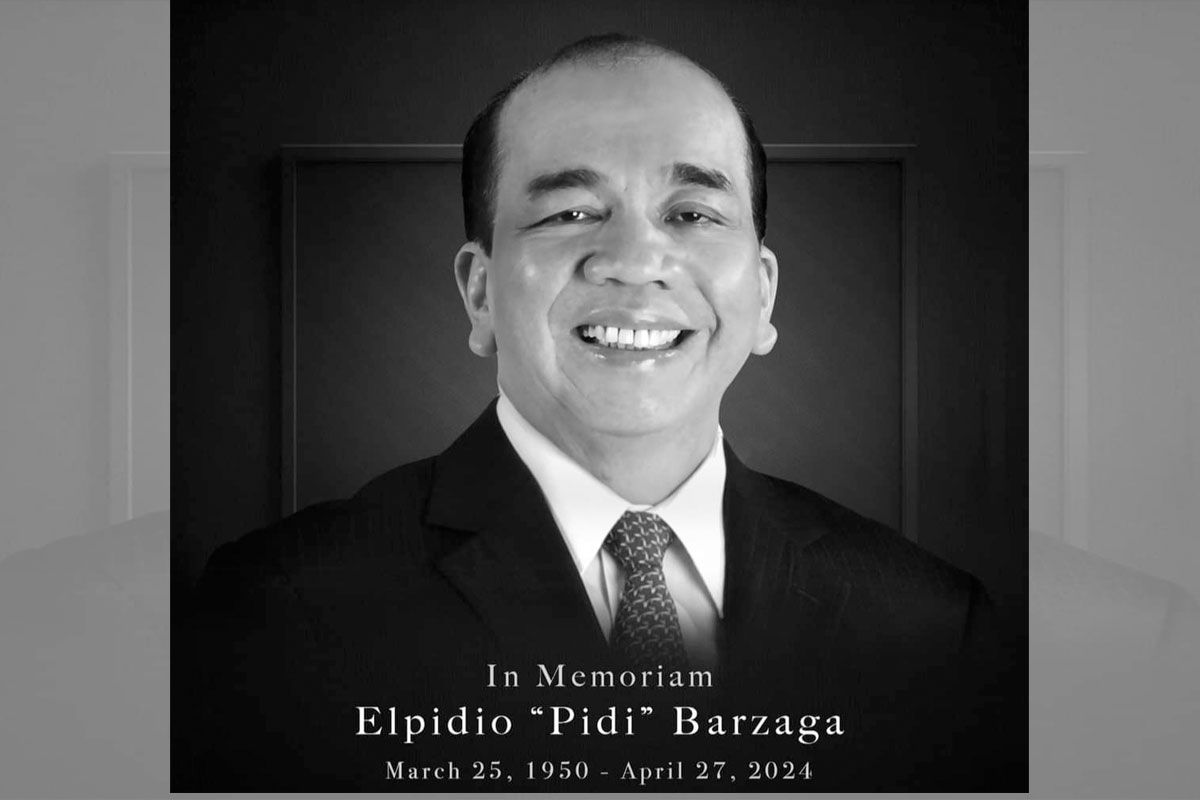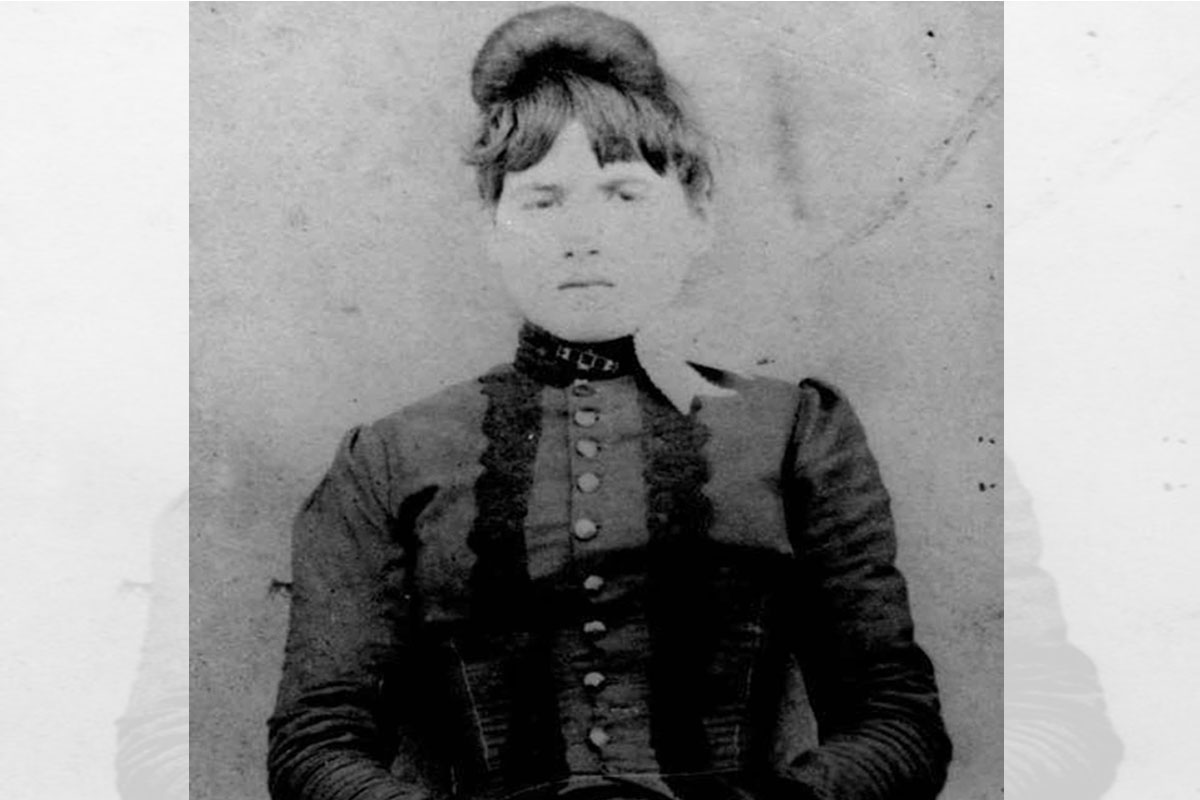
The Greenbrier Ghost “Came Back From The Dead” Just To Snitch On Her Murderer
Jodi Smith
Thanks to The Conjuring: The Devil Made Me Do It, horror buffs know that in 1981, Arne Cheyenne Johnson entered a plea of not guilty by reason of possession to a court in Connecticut where he stood trial for murder. Although Johnson’s defense tactics didn’t work, there was one court case where paranormal testimony not only came into play but also succeeded in swaying a court. In 1897, Greenbrier County, WV, saw the death of newlywed Zona Heaster by mysterious circumstances.
Initially, Heaster’s death was attributed to “everlasting faint” and later childbirth by the coroner, even though Heaster and her husband, Edward “Trout” Shue, hadn’t been together long enough to produce a pregnancy to term. However, Heaster’s mother, Mary Jane, soon began having dreams and visions of her departed daughter in which the true cause of her death was revealed. After bringing this information to the coroner and police, Mary Jane was able to relay Heaster’s testimony during the trial. This led to the conviction of Shue and a stunning revelation about his true identity.
________________________________________
• Photo: Unknown / Wikimedia Commons / Public Domain
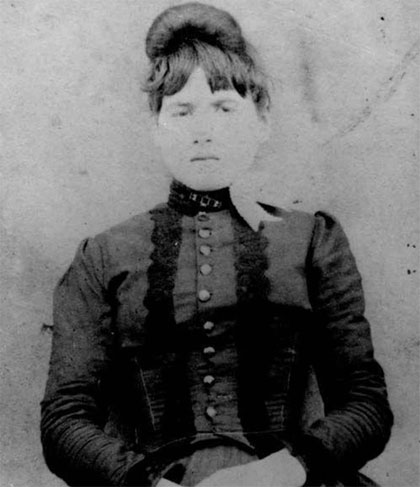 Zona Heaster Met Edward Shue In 1896, And They Married Soon After
Zona Heaster Met Edward Shue In 1896, And They Married Soon After
Depending on the account, Zona Heaster and Edward “Trout” Shue met in the summer of 1896 or October 1896 when the latter arrived in Greenbrier County to take up as the local blacksmith. Heaster was around 23 at the time and apparently smitten with the tall, muscular man who moved to her town of Livesay’s Mill from Droop Mountain in nearby Virginia. The 37-year-old Shue appeared to be just as fond of Heaster, and their courtship was very short.
In either October or November 1896, the pair were married in their town’s Methodist church against the wishes of Heaster’s mother, Mary Jane. During the first two to three months of the marriage, the pair set about making their two-story house near the blacksmith shop into a home.
• Photo: Unknown / Wikimedia Commons / Public Domain
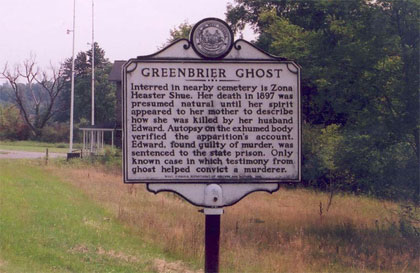 One Day In Early 1897, Shue Asked His Neighbor To Check On Heaster And Help Her With Chores
One Day In Early 1897, Shue Asked His Neighbor To Check On Heaster And Help Her With Chores
On January 22 or 23, 1897, Shue arrived at the home of Martha Jones in hopes that her son, Anderson, would visit Heaster at home and assist her with chores. Heaster had been ill for all of that January and was even under a doctor’s care for a time. According to Anderson, Shue wanted Heaster checked on immediately that morning, but prior commitments kept the child away until the afternoon. Other accounts insist that Anderson went to the Shue home that morning.
Regardless of the time, Anderson arrived at the home and immediately saw a trail of blood that led into the house. He entered the dining room through its closed doors and nearly fell over Heaster’s body. Anderson left the house and alerted his mother and then Shue before making his way to Dr. J.M. Knapp.
• By The Time The Coroner Arrived, A Hysterical Shue Had Moved And Re-Dressed Heaster
After being informed of his wife’s death, Shue apparently ran home to wash Heaster’s body and change her clothes to a dress with a high collar. He also moved the body from the dining room floor to their shared bed. Dr. Knapp’s arrival did little to calm Shue’s sobbing, nor did it prompt him to let go of Heaster’s head and grant the coroner full access to her body.
Unable or unwilling to remove Shue from the room in order to conduct a thorough examination of the deceased Heaster, Dr. Knapp provided the cause of death as “everlasting faint” due to heart failure, but he later changed it to childbirth.
• Photo: Find A Grave / Public Domain
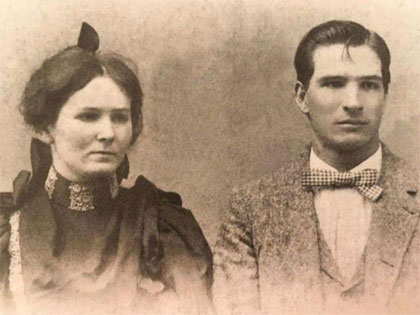 Shue Held A Wake But Did Not Let Anyone Near The Body
Shue Held A Wake But Did Not Let Anyone Near The Body
Shue held a wake for Heaster but acted strangely throughout the entire affair. She was still in the dress that covered her neck but also wore a scarf, as well as a veil over her face. Shue wailed and paced while keeping mourners from getting too close to Heaster’s head during the viewing. Still, some later remarked that Heaster’s head appeared to be very “loose” on her neck, which they possibly noticed while Shue fussed with pillows behind her head.
From the time Anderson found Heaster’s body to the moment her casket was placed in the ground and buried, Shue allowed no one access to his deceased wife – not even her own mother.
• Photo: Unknown / Only In Your State / Public Domain
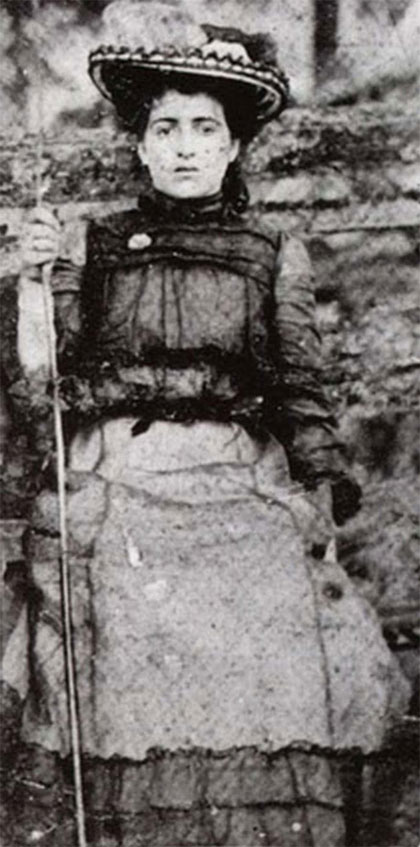 Mary Jane Felt That Something Was Wrong And Prayed For A Sign
Mary Jane Felt That Something Was Wrong And Prayed For A Sign
Although no one else suspected the normally stoic and likable Shue of Heaster’s murder, Mary Jane never liked her son-in-law. After her daughter’s death, the distraught mother prayed for answers concerning Heaster’s killer and last moments alive.
Some say it took weeks, but eventually, according to Mary Jane, her daughter came to her in dreams and/or in person to share with her mother the secret of who caused her death and how.
• Heaster’s Spirit Reportedly Revealed The Details Of Her Last Day Alive
Supposedly, Heaster appeared to Mary Jane over the course of four nights to reveal information about Shue. Heaster claimed that her death came at the hands of her husband after she failed to make meat with his dinner. Shue wrapped his hands around her neck and snapped it. She also told her mother that physical abuse was standard in the marriage.
Heaster specifically stated that her neck was snapped at the first joint, and according to some accounts, the spirit spun her own head 180 degrees to get her point across.
• Mary Jane Took The Information To The County Prosecutor
Mary Jane immediately took the spirit’s information to the county prosecutor, John Preston. Some accounts allege that Mary Jary spent an entire afternoon convincing Preston to open an investigation into her daughter’s demise, while others say that it happened only because Dr. Knapp’s lack of thoroughness came to light.
Preston spent time speaking to witnesses about Shue’s odd behavior in the period following Heaster’s demise and began investigating his life prior to arriving in Greenbrier County.
• Preston Reopened The Case And Exhumed Heaster’s Body
Preston and Dr. Knapp exhumed Heaster’s body for reexamination. Two additional doctors and Shue were also present for the February 22, 1897, autopsy. They found bruises in the shape of fingers around her neck, a crushed windpipe, and a break between the first and second vertebrae – just as the ghost had supposedly told her own mother.
Anderson, who was also present, said:
Suddenly, the doctor turned to Mr. Preston. They whispered together for a few minutes. Then, Mr. Preston turned to Shue and said: “Well, Shue, we have found your wife’s neck to be broken.”
Shue’s head dropped. A change came over him that I can’t explain. But it certainly proved his guilt to me.
• Shue Was Charged With Murder, And His Trial Began
After the autopsy, Sheriff Hill Nickell arrested Shue. Supposedly after cooking breakfast for his captors, Shue made his way to jail and a trial was set for June 30, 1897.
In the time between his February arrest and June court date, Preston continued investigating Shue and learned some insidious information about the blacksmith.
• Preston Finally Revealed Shue’s True Past
In actuality, Edward “Trout” Shue was really Erasmus “Trout” Shue and had been married twice prior to meeting Heaster. His first marriage involved a child and severe physical abuse similar to that alleged by Heaster’s ghost. While Shue was in jail for stealing a horse, the marriage ended.
The second marriage lasted only eight months and ended when his wife passed away suddenly and under strange circumstances. All of this allowed Preston to move forward with prosecution.
• Shue Was Found Guilty Of Murder And Sentenced To Life In Prison
Mary Jane testified during the trial and explained the visits from her dead daughter, who she alleged described the particulars of the crime to her. The defense attempted to confuse and rattle the grieving mother, but Mary Jane’s story supposedly never changed in any manner. Her testimony also lined up with the injuries that caused her daughter’s death.
Dr. Knapp took the stand, as well, pointing out that the nature of Heaster’s broken neck excluded any possibility of a suicide attempt and had to have been done by a second person. Other witnesses said that Shue was the only other person seen at or in the house on the day of Heaster’s death prior to Anderson finding her body.
The jury took around an hour to return a guilty verdict for Erasmus “Trout” Shue in the Zona Heaster’s death, sentencing him to life in prison. Shue didn’t last very long, passing from the flu in the third year of his sentence.
ranker.com












